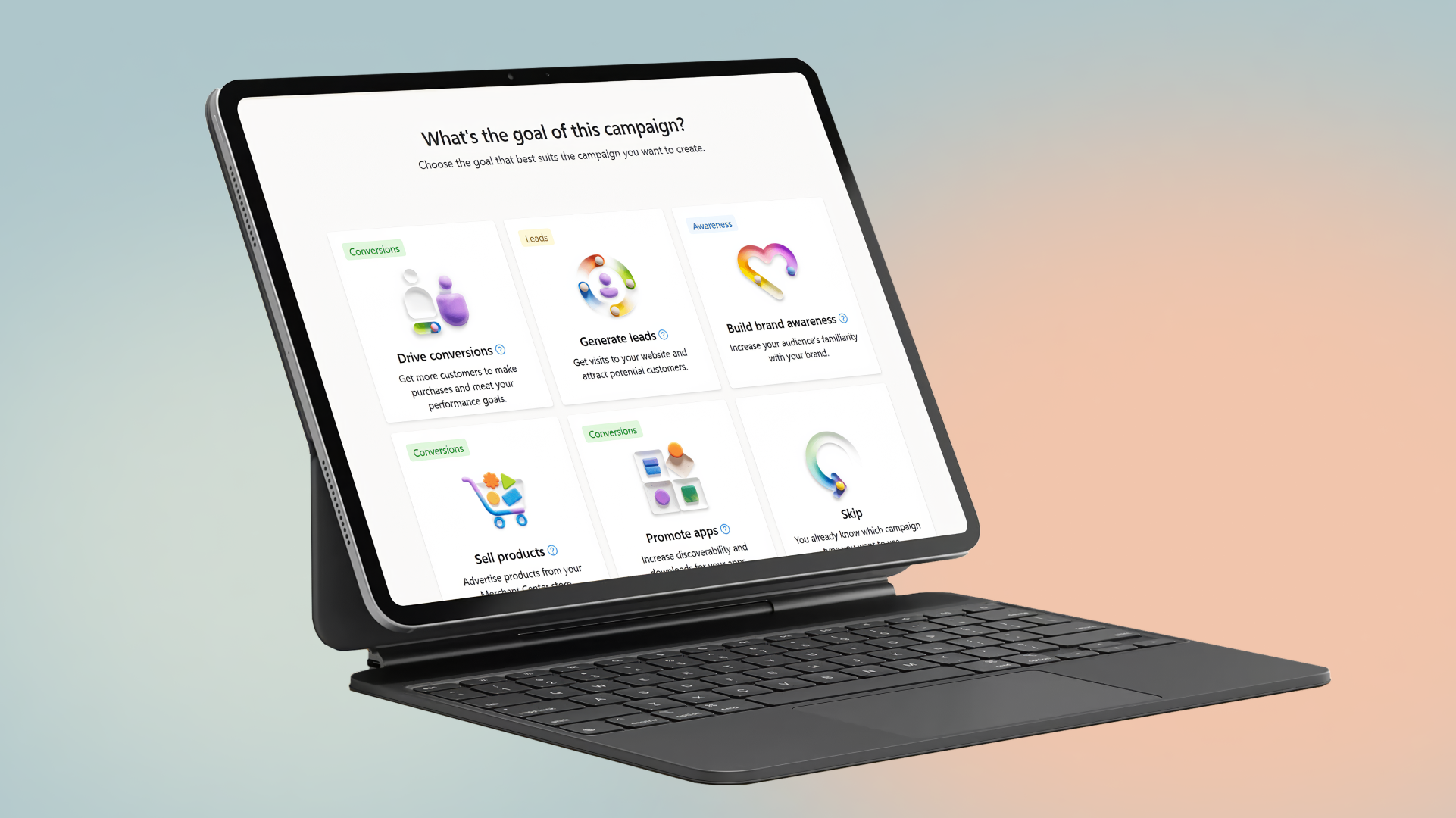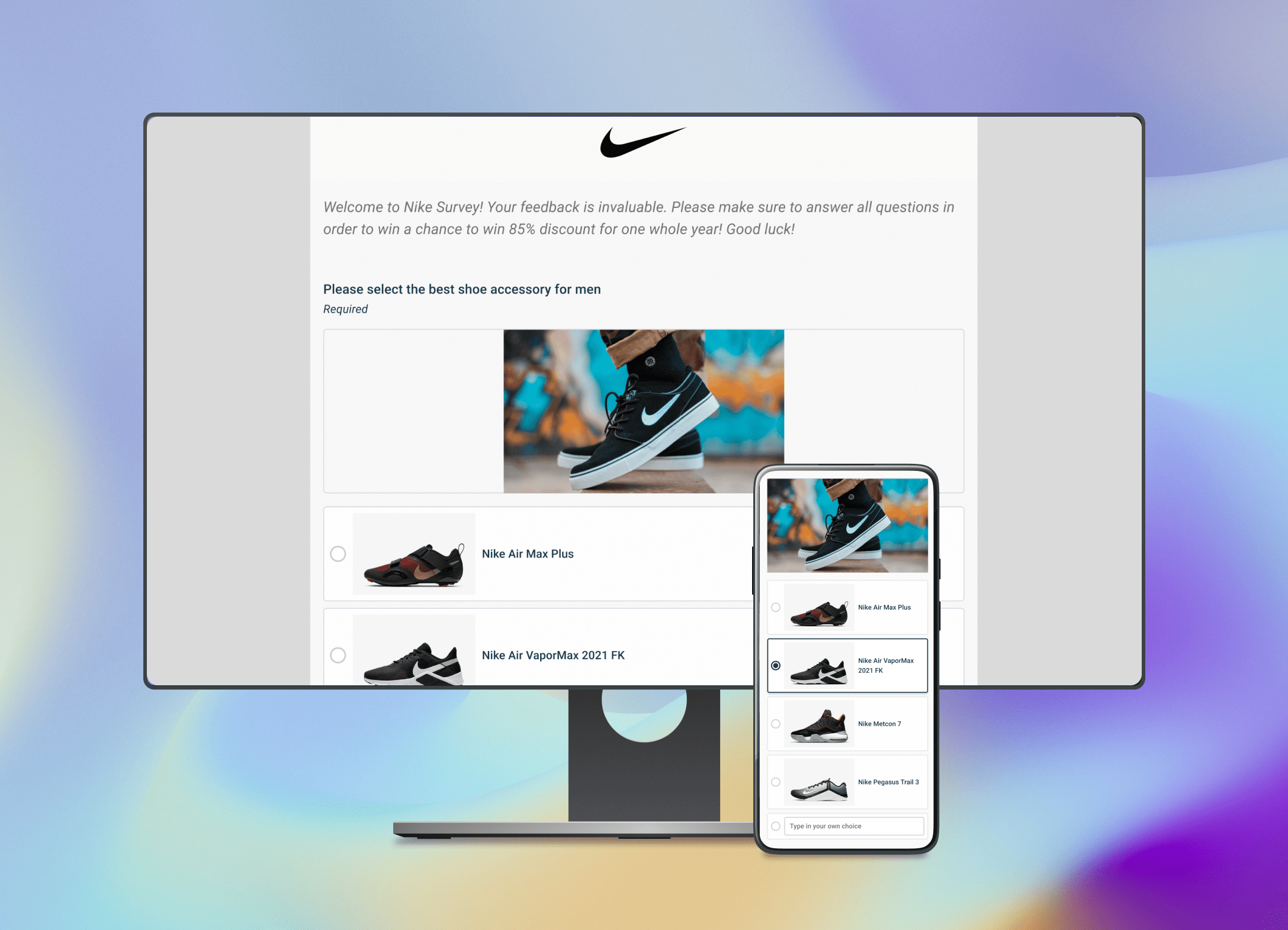My work at Microsoft may not be publicly available yet. However, I can share select details about my projects, process, and impact.
Microsoft Projects
At Microsoft, I led the redesign of Search ad campaigns, App campaigns, LinkedIn campaigns, and Microsoft Shopping integrations for Shopify and BigCommerce. Additionally, I explored enhancements for the macOS version of Microsoft Advertising Editor. This case study highlights my efforts to streamline the Search ad campaign experience.
Context
Microsoft Advertising is a platform for running ads across search, social, and display channels. It provides tools for targeting, optimization, and tracking to help businesses achieve their marketing goals. I joined in June 2023 to simplify workflows, modernize the experience, and integrate Microsoft Copilot AI into the process.

The Problem
Microsoft Advertising was overly complex, especially for small and medium businesses. Complicated workflows made campaign creation difficult, leading to user frustration and drop-off. The main challenge was to simplify the process while keeping essential features, making it easier for users to complete campaigns and engage with the platform.
The Solution
I simplified the Search ad campaign experience by focusing on user needs and reducing unnecessary steps. Through user research and testing, I identified pain points and streamlined workflows, making campaign creation faster and more intuitive. Working closely with product, engineering, and data teams, I redesigned the interface for clarity and ease of use. Key improvements included a cleaner layout, step-by-step guidance, and helpful prompts, all aimed at boosting completion rates and user satisfaction. Unfortunately, I cannot share the final designs.

Key Results
The redesigned experiences led to higher completion rates.
Increased engagement among advertisers.
Improved user satisfaction with the platform.
Advertisers found it easier to launch campaigns.
Better results and increased platform adoption.

Jose A.
Product Manager, Microsoft
Vahid led a major redesign for Microsoft Search ad campaigns, streamlining user flows to boost engagement and reduce churn. The results spoke for themselves with clear improvements across critical metrics. Vahid stands out for his strategic mindset, strong design, and ability to execute fast. He’s collaborative, detail-oriented, and always a step ahead.

